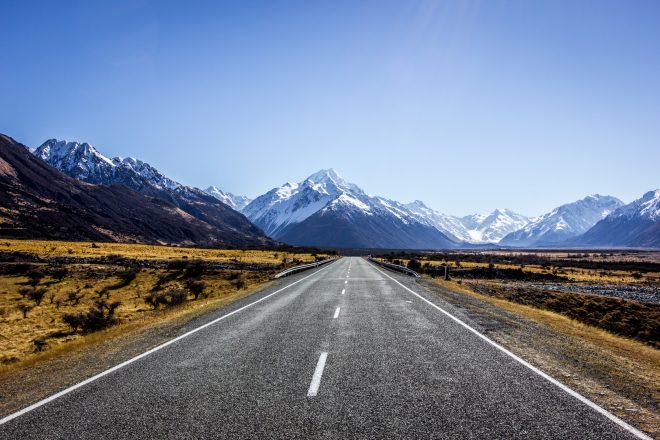坎特伯雷市长支持一项向当地交通基础设施投资108亿美元的提议。但是,他们说将需要政府的援助。坎特伯雷地区交通委员会已经批准了磋商计划草案,其中强调了拟建的伍登德绕道和阿什伯顿的第二座桥是关键项目。如果获得通过,这些项目将在未来十年内将该地区的交通投资翻一番。
该委员会主席彼得·斯科特议员表示,需要中央政府捐款46亿美元才能为这些项目提供资金。该委员会包括该地区的市长,以及来自坎特伯雷环境局和Waka Kotahi新西兰交通局的代表。
怀马卡里里市长丹·戈登说,伍登德旁路、凯阿波伊西部的替换斜桥和朗基奥拉东部的连接道路是他所在地区的关键项目。他说:“这些是像我们这样的增长区早就该实施的核心基础设施项目,也是我们多年来一直大力倡导的项目。”
胡鲁努伊市长玛丽·布莱克和凯库拉市长克雷格·麦克尔都表示支持该计划草案,并表示关键项目将使整个南岛受益。
拟议的资金增加将从2024年7月开始。同时也是坎特伯雷环境局主席的斯科特说:“该计划草案概述了我们希望如何投资坎特伯雷未来的交通解决方案,同时还为我们现有的交通网络提供持续的管理。”
交通预算包括议会资助、皇家直接拨款和国家陆路交通基金,其中包括道路使用费和燃油税。新任交通部长西蒙·布朗表示,由国家领导的政府将承诺修建伍登德绕道和第二座阿什伯顿大桥。该计划中的其他项目包括大克赖斯特彻奇公共交通的升级、胡鲁努伊地区的康威河大桥升级以及拟建的朗基奥拉西部连接公路。





























































